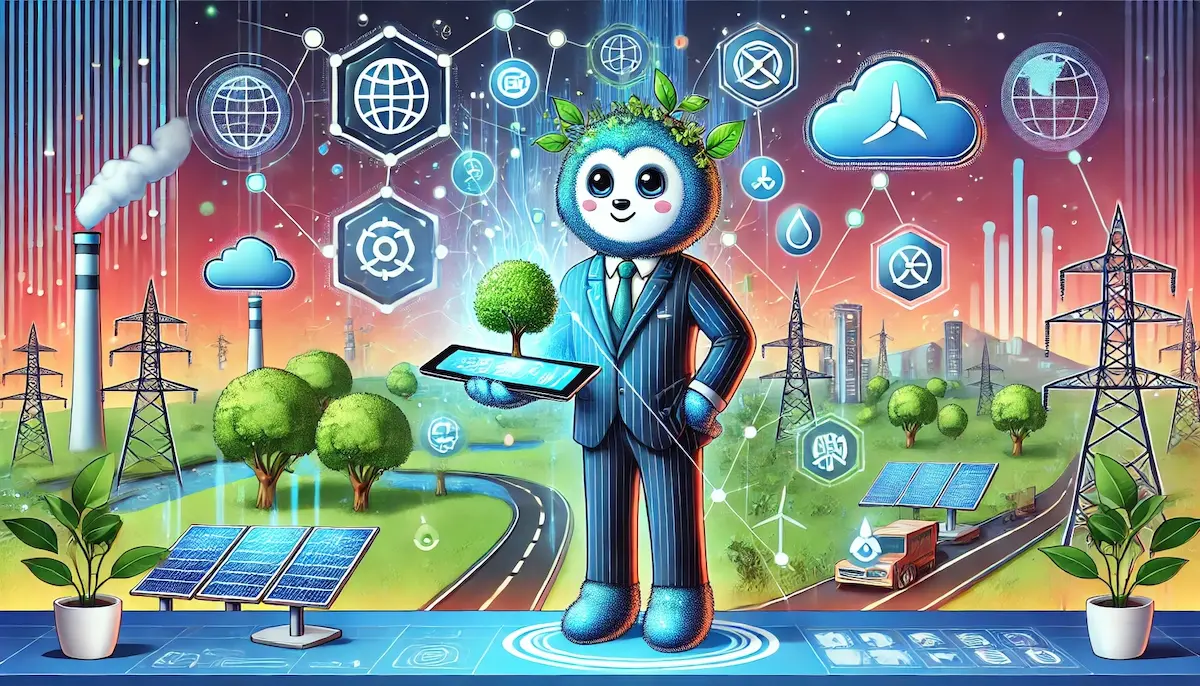Climate tech refers to technologies developed to address and mitigate the impacts of climate change. These innovations span various sectors, including energy, transportation, agriculture, and manufacturing, aiming to reduce greenhouse gas emissions, enhance sustainability, and promote environmental resilience.
What is Climate Tech?
Climate tech encompasses a broad range of technologies designed to combat climate change and its effects. These technologies include renewable energy solutions, carbon capture and storage, sustainable agriculture practices, energy-efficient systems, and more. The goal is to create a sustainable and resilient future by leveraging technology to reduce human impact on the environment.
Key Areas of Climate Tech
Renewable Energy
Renewable energy technologies harness natural resources like sunlight, wind, and water to generate electricity. These technologies are essential for reducing reliance on fossil fuels and lowering greenhouse gas emissions.
- Solar Power: Photovoltaic panels convert sunlight directly into electricity, while solar thermal systems use the sun’s heat for power generation and heating.
- Wind Power: Wind turbines capture kinetic energy from wind and convert it into electrical power.
- Hydropower: Dams and turbines use the flow of water to generate electricity, including large-scale hydroelectric plants and smaller, community-based micro-hydro systems.
- Geothermal Energy: This technology taps into the Earth’s internal heat for power generation and direct heating applications.
Energy Efficiency
Improving energy efficiency involves using less energy to perform the same tasks, reducing energy waste, and lowering emissions. Technologies in this area include:
- Smart Grids: Advanced electrical grids that use digital communication technology to monitor and manage electricity distribution efficiently.
- Energy-Efficient Appliances: Devices designed to use less electricity, such as LED lighting, high-efficiency HVAC systems, and Energy Star-rated appliances.
- Building Automation Systems: Technologies that automate and optimize the management of building systems like lighting, heating, and cooling.
Carbon Capture and Storage (CCS)
CCS technologies capture carbon dioxide emissions from industrial sources and store them underground or use them in other processes. This helps prevent CO2 from entering the atmosphere and contributing to global warming.
- Direct Air Capture (DAC): Machines that capture CO2 directly from the ambient air for storage or utilization.
- Bioenergy with Carbon Capture and Storage (BECCS): Combines biomass energy production with CCS to achieve negative emissions.
Sustainable Transportation
Innovations in transportation aim to reduce emissions from vehicles and promote sustainable mobility solutions.
- Electric Vehicles (EVs): Cars, trucks, and buses powered by electricity instead of fossil fuels, producing zero tailpipe emissions.
- Public Transit Solutions: Enhancements to public transportation systems to make them more efficient, accessible, and environmentally friendly.
- Shared Mobility: Services like car-sharing, bike-sharing, and ride-hailing that reduce the need for private vehicle ownership.
Sustainable Agriculture
Climate tech in agriculture focuses on reducing the environmental impact of farming practices and enhancing food security.
- Precision Agriculture: Using data and technology to optimize crop yields, reduce water usage, and minimize chemical inputs.
- Vertical Farming: Growing crops in vertically stacked layers, often in controlled indoor environments, to maximize space and resource efficiency.
- Agroforestry: Integrating trees and shrubs into agricultural landscapes to improve soil health, increase biodiversity, and sequester carbon.
Circular Economy
A circular economy aims to minimize waste and make the most of resources by reusing, repairing, refurbishing, and recycling materials.
- Recycling Technologies: Advanced processes for converting waste materials into new products, reducing the need for raw materials and lowering emissions.
- Biodegradable Materials: Development of materials that break down naturally, reducing plastic waste and pollution.
- Product Life Extension: Designing products for durability and ease of repair, encouraging longer use and reducing waste.
Benefits of Climate Tech
Environmental Impact
Climate tech plays a crucial role in reducing greenhouse gas emissions, conserving natural resources, and mitigating the effects of climate change. These technologies help protect ecosystems, reduce pollution, and promote biodiversity.
Economic Growth
Investing in climate tech drives economic growth by creating jobs, fostering innovation, and opening new markets. As industries adapt to sustainable practices, they can achieve cost savings and increased efficiency.
Energy Security
Renewable energy technologies enhance energy security by reducing dependence on fossil fuels and diversifying energy sources. This leads to a more resilient and reliable energy system.
Improved Quality of Life
Climate tech contributes to improved air and water quality, better public health, and enhanced living conditions. Sustainable transportation and energy-efficient buildings create healthier, more comfortable environments.
Challenges and Future Outlook
Despite its potential, climate tech faces challenges such as high initial costs, technological barriers, and the need for supportive policies and infrastructure. However, as technology advances and awareness of climate issues grows, the adoption of climate tech is expected to accelerate.
The future of climate tech looks promising, with ongoing innovations and increased investment driving progress. Collaborative efforts between governments, businesses, and communities will be essential to scale these technologies and achieve a sustainable and resilient future.
Blockfine thanks you for reading and hopes you found this article helpful.
